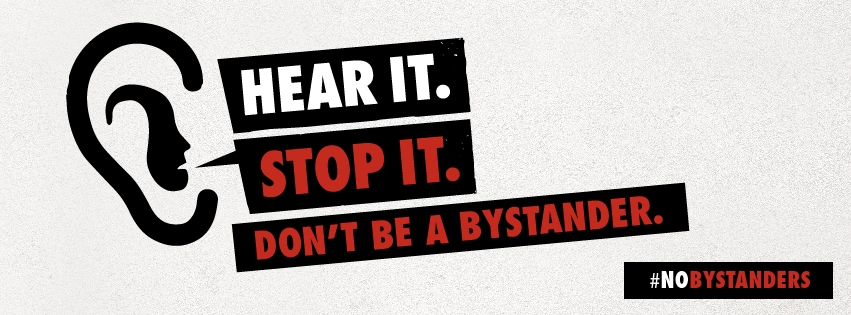Have you witnessed or are you experiencing any bullying?
If you have witnessed or are experiencing any bullying, report it to your Head of Year or Form Tutor.
“Bullying behaviour abuses an imbalance of power to repeatedly and intentionally cause emotional or physical harm to another person or group of people. Isolated instances of hurtful behaviour, teasing or arguments between individuals would not be seen as bullying” (Torfaen definition 2008)
Bullying is behaviour which:
- Is deliberately hurtful
- Deliberately makes another person feel uncomfortable, distressed or threatened
- Is repeated over a period of time
- Makes those being bullied feel powerless to defend themselves
- Can include racist, sexist or homophobic behaviour.
- Bullying based on disability, ability, appearance or circumstance

There are four main types of bullying:
Physical
Pushing, kicking, hitting, punching, slapping or any form of violence
Verbal
Name-calling, teasing, threats. Making racist, religious, sexist or homophobic-based comments or graffiti
Indirect
Being unfriendly, spreading rumours, excluding, tormenting, demanding money or personal belongings from someone
Cyber
Text message bullying, Picture/video clip bullying via mobile phone cameras, Phone call bullying, E-mail bullying, Social Media, Bullying via websites, Misuse of blogs, Instant messaging, Misuse of associated technology, i.e. Camera and video facilities.
Other forms of bullying include:
Homophobic/Biphobic/Transphobic (any incident which is perceived by the victim as being the result of negative attitudes towards an individual’s sexuality)
Sexist (any incident which is perceived by the victim as being the result of sexist attitudes of the perpetrator)
SEN/Disability (any incident which is perceived by the victim as being the result of their SEN or disability)
Racism (any incident which is perceived by the victim as being the result of racial identity)
If you have any information about bullying then please speak to your form tutor, Head of Year or trusted adult.


